This month sees the following articles in EES that are in the top ten most accessed in August:
Superhydrophobic conjugated microporous polymers for separation and adsorption
An Li, Han-Xue Sun, Da-Zhi Tan, Wen-Jie Fan, Shu-Hao Wen, Xiao-Juan Qing, Gui-Xian Li, Shi-You Li and Wei-Qiao Deng
Energy Environ. Sci., 2011, 4, 2062-2065
DOI: 10.1039/c1ee01092a
Challenges in the development of advanced Li-ion batteries: a review
Vinodkumar Etacheri, Rotem Marom, Ran Elazari, Gregory Salitra and Doron Aurbach
Energy Environ. Sci., 2011, 4, 3243-3262
DOI: 10.1039/c1ee01598b
Multilayer nanoassembly of Sn-nanopillar arrays sandwiched between graphene layers for high-capacity lithium storage
Liwen Ji, Zhongkui Tan, Tevye Kuykendall, Eun Ji An, Yanbao Fu, Vincent Battaglia and Yuegang Zhang Energy
Environ. Sci., 2011, 4, 3611-3616
DOI: 10.1039/c1ee01592c
Lithium-ion batteries. A look into the future
Bruno Scrosati, Jusef Hassoun and Yang-Kook Sun
Energy Environ. Sci., 2011, 4, 3287-3295
DOI: 10.1039/c1ee01388b
Stretchable, elastic materials and devices for solar energy conversion
Darren J. Lipomi and Zhenan Bao
Energy Environ. Sci., 2011, 4, 3314-3328
DOI: 10.1039/c1ee01881g
Recent developments in nanostructured anode materials for rechargeable lithium-ion batteries
Liwen Ji, Zhan Lin, Mataz Alcoutlabi and Xiangwu Zhang
Energy Environ. Sci., 2011, 4, 2682-2699
DOI: 10.1039/c0ee00699h
All-carbon-nanofiber electrodes for high-energy rechargeable Li–O2 batteries
Robert R. Mitchell, Betar M. Gallant, Carl V. Thompson and Yang Shao-Horn
Energy Environ. Sci., 2011, 4, 2952-2958
DOI:10.1039/c1ee01496j
Graphene based new energy materials
Yiqing Sun, Qiong Wu and Gaoquan Shi
Energy Environ. Sci., 2011, 4, 1113-1132
DOI: 10.1039/c0ee00683a
A high-performance asymmetric supercapacitor fabricated with graphene-based electrodes
Jintao Zhang, Jianwen Jiang, Hongliang Li and X. S. Zhao
Energy Environ. Sci., 2011, Advance Article
DOI: 10.1039/c1ee01354h
In situ TEM electrochemistry of anode materials in lithium ion batteries
Xiao Hua Liu and Jian Yu Huang
Energy Environ. Sci., 2011, Advance Article
DOI: 10.1039/c1ee01918j
Why not take a look at the articles today and blog your thoughts and comments below.
Fancy submitting an article to EES? Then why not submit to us today or alternatively email us your suggestions.











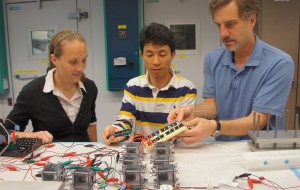
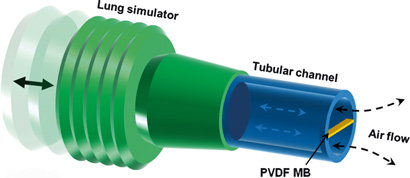
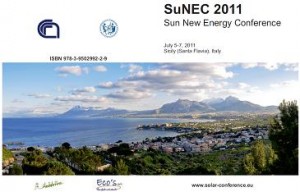
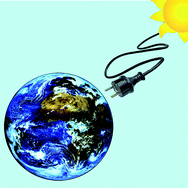

 Producing supercapacitors with energy densities similar to those of traditional batteries is currently a hot topic in energy research as they have great potential for use in electric vehicles. Graphene has been identified as promising supercapacitor material.
Producing supercapacitors with energy densities similar to those of traditional batteries is currently a hot topic in energy research as they have great potential for use in electric vehicles. Graphene has been identified as promising supercapacitor material.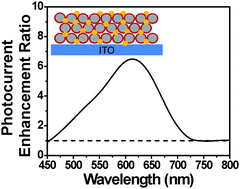 Read this ‘HOT’ EES article today:
Read this ‘HOT’ EES article today: